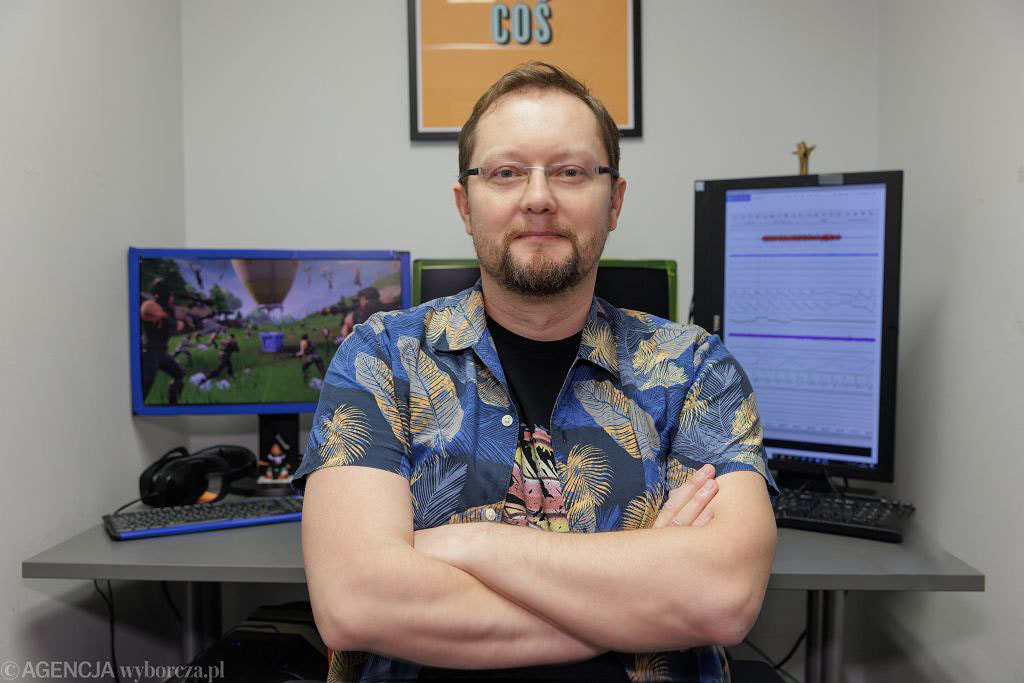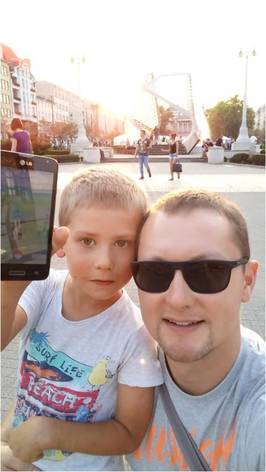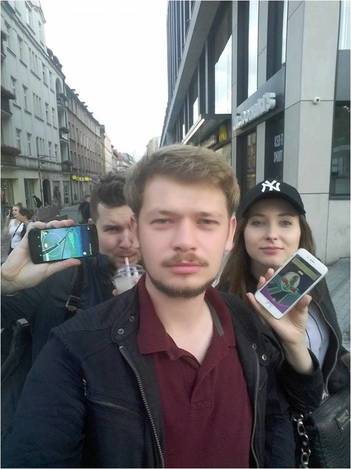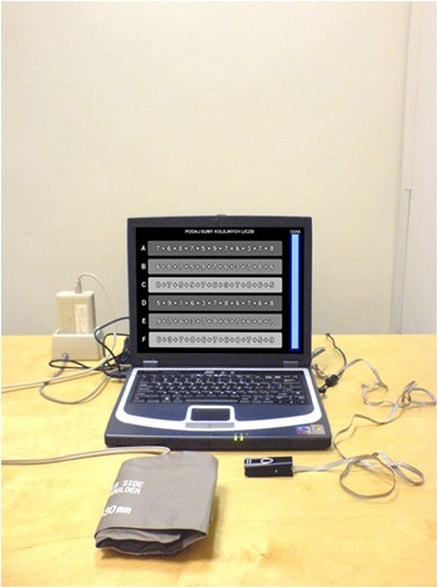
Our lab's director, Lukasz Kaczmarek, Ph.D., proudly presented our focus on the psychophysiology of positive emotions, and future scope of gaming research. This coverage was published by a major news outlet.
"Although we all want to feel good, psychological research and media coverage focus on negative emotions. In my laboratory, I aim to change this. I was the first in Poland and one of the few in the world who comprehensively study how people experience positive emotions and how positive emotions influence the human body". [read more about this; in Polish]
"Although we all want to feel good, psychological research and media coverage focus on negative emotions. In my laboratory, I aim to change this. I was the first in Poland and one of the few in the world who comprehensively study how people experience positive emotions and how positive emotions influence the human body". [read more about this; in Polish]




 RSS Feed
RSS Feed